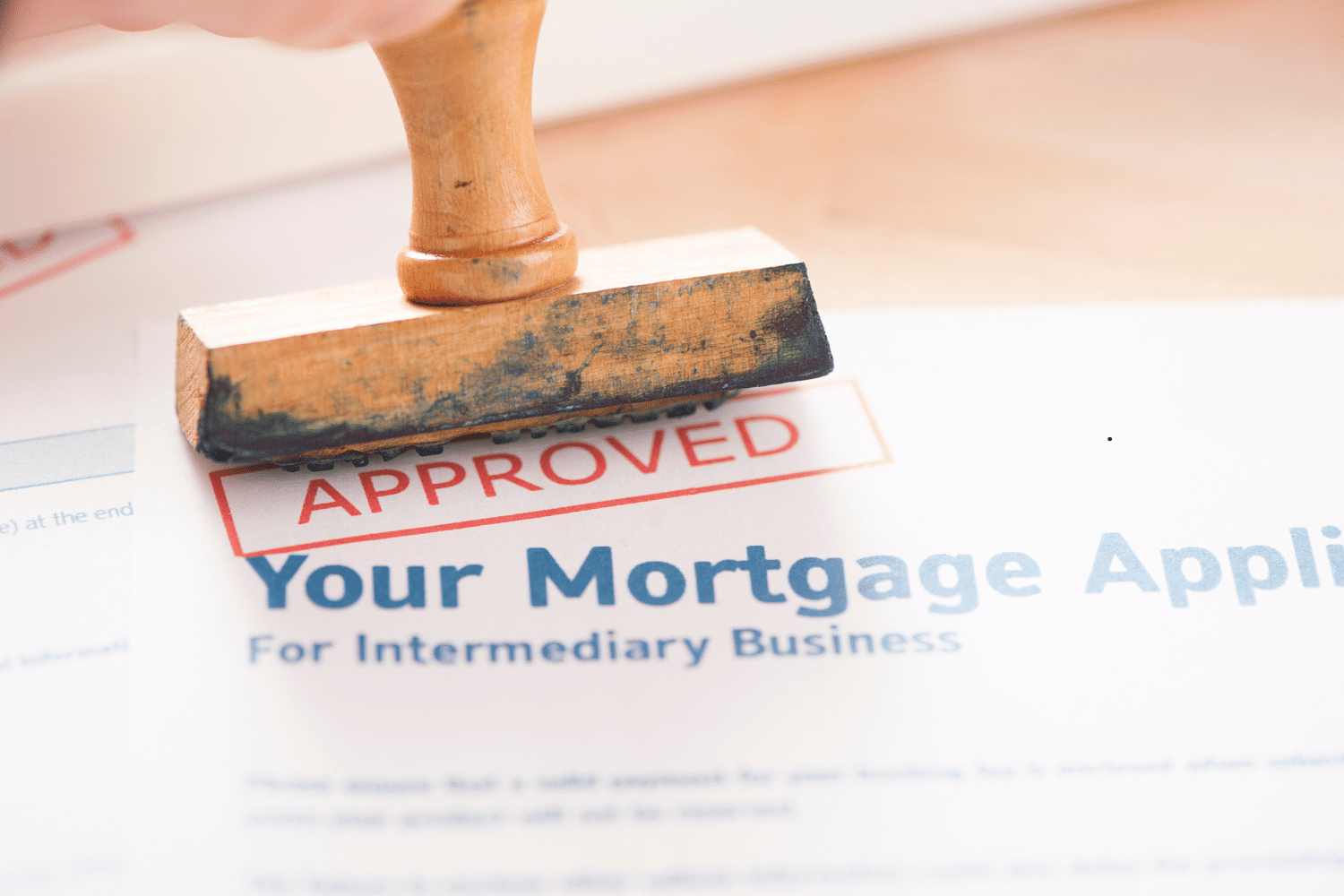Embarking on the journey to homeownership is an exciting and monumental milestone in life. Whether you’re a first-time homebuyer or an experienced investor, understanding the myriad of mortgage options available is critical to making a well-informed decision. This comprehensive guide will explore various types of mortgage loans, from conventional mortgages and government-backed options to creative solutions tailored to unique situations.
Key Points
- This guide provides an overview of the types of mortgages available, including conventional mortgages, conforming loans, non-conforming loans, and government-backed options.
- Creative Mortgage Solutions such as interest-only mortgages, balloon mortgages, and piggyback loans are also discussed.
- Homeowners can explore refinancing or reverse mortgage options to access equity or modify their existing terms.
Understanding Conventional Mortgages

Conventional mortgage loans are the most common type of home loan and serve as a foundation for understanding other mortgage options. They are divided into two categories: conforming and non-conforming loans. To qualify for a conventional mortgage, borrowers generally need a credit score of at least 620 and a debt-to-income ratio not exceeding 36%.
Down payments can start as low as 3%. However, borrowers with a down payment of less than 20% must pay for private mortgage insurance (PMI).
Conforming Loans
Conforming loans, like conventional loans, are the most prevalent type of traditional mortgage. These loans adhere to the loan limits set by the Federal Housing Finance Agency (FHFA) and typically require a minimum credit score of 620 and a 20% down payment or PMI.
The 2023 conforming loan limit for a single-family home in most of the U.S. is $726,200, with higher limits in more expensive regions. By putting down a larger down payment, borrowers can benefit from decreased interest rates and cancel PMI once they achieve at least 20% equity in the home.
Non-Conforming Loans
Non-conforming loans, on the other hand, do not adhere to FHFA loan limits and are typically used for more expensive properties or more significant loan amounts. These loans often require a higher credit score and larger down payment than conforming loans.
The specific loan limits for non-conforming loans can vary, but they generally exceed the FHFA loan limits, typically around $726,200. Some lenders may even offer jumbo loans with up to $2.5 million limits.
Government-Backed Mortgage Options

Beyond conventional mortgages, government-backed loans provide distinctive advantages with reduced interest or down payment demands for particular borrower groups. Different federal agencies insure these loans, including the Federal Housing Administration (FHA), the Department of Veterans Affairs (VA), and the United States Department of Agriculture (USDA). This guarantees affordable, responsible mortgage financing for borrowers. This support allows lenders to provide mortgages to a broader range of potential buyers, fostering homeownership.
FHA Loans
FHA loans appeal to borrowers with low credit scores and scarce down payment funds. The Federal Housing Administration insures them, which makes them more attainable for first-time homebuyers and individuals with credit imperfections. The required credit score for FHA loans is 500 or higher, with a debt-to-income ratio of 43% or lower.
FHA loans require mortgage insurance premiums of 1.75% of the mortgage upon closing and an annual dividend of 0.45% to 1.05% of the mortgage. The 2022 FHA loan limit for single-family homes in most U.S. counties is $420,680, with higher limits in high-cost areas.
VA Loans
VA loans offer a zero-down-payment solution for military service members, veterans, and eligible spouses. The Department of Veterans Affairs guarantees these loans, which do not necessitate mortgage insurance. VA does not require specific credit score criteria. However, most lenders would prefer a minimum of 620 scores to qualify for a VA loan.
VA loans offer numerous advantages, such as no down payment or mortgage insurance requirements and a cap on closing costs. These loans are ideal for qualified military borrowers who require a loan option with no down payment.
USDA Loans
USDA loans target low- and moderate-income buyers in rural areas, waiving down payment and mortgage insurance requirements but imposing income restrictions. Most lenders require a credit score of 640 and a debt-to-income ratio of 41% to qualify for a USDA mortgage. Meeting this requirement is necessary to secure the loan. The qualifying income limit for a USDA mortgage varies depending on the region of the United States, with certain counties having a population restriction of 20,000 and others having a population restriction of 35,000.
Borrowers are required to pay an upfront mortgage insurance premium of 1% of the principal when taking out the mortgage. Additionally, they must pay an annual dividend of 0.35% of the remaining principal, contributing to their monthly mortgage payment.
Fixed vs. Adjustable Rate Mortgages

Another critical factor when choosing a mortgage is the decision between a fixed-rate mortgage or an adjustable-rate mortgage (ARM). Fixed-rate mortgages maintain a constant interest rate throughout the loan term, offering consistent monthly payments. In contrast, ARMs have a variable interest rate that changes after an initial fixed-rate period, usually providing lower initial interest rates but with the potential for future rate fluctuations.
The decision between fixed-rate and adjustable-rate mortgages hinges on personal preferences, financial objectives, and the prevailing interest rate conditions.
Navigating Jumbo and High-Balance Loans

Jumbo and high-balance loans finance high-value properties, with high-balance loans adhering to FHFA limits for high-cost areas and jumbo loans surpassing those limits. These loans often require larger down payments and stricter eligibility requirements, such as higher credit scores and lower debt-to-income ratios.
The specific loan limits for jumbo loans can vary, but they generally exceed the FHFA loan limits, typically around $726,200, with some lenders offering limits of up to $2.5 million.
Creative Mortgage Solutions

Innovative mortgage solutions like interest-only, balloon and piggyback loans offer alternative financing avenues for borrowers with unique needs or preferences. Interest-only mortgages allow borrowers to make lower monthly payments that only cover interest, not the principal, and typically have adjustable interest rates.
Balloon mortgages feature low-interest rates and require monthly payments for a set period before the total loan amount is due in a lump sum. Piggyback loans involve two mortgages: a conventional mortgage and a home equity loan or line of credit.
Interest-Only Mortgages
Interest-only mortgages allow borrowers to make lower monthly payments that only cover interest, not the principal, during an initial period. These mortgages typically have adjustable interest rates, which can benefit short-term homeowners or investors looking for lower initial monthly payments. However, interest-only mortgages usually have higher interest rates than conventional mortgages. They may not be suitable for all borrowers, particularly those who plan to stay in their homes long-term or have unstable income sources.
Balloon Mortgages
Balloon mortgages offer low interest rates and require monthly payments for a period, usually five or ten years, before the total loan amount is due in a lump sum. This type of mortgage can be advantageous for borrowers who plan to sell or refinance their homes before the balloon payment is due, as it offers lower initial monthly payments and reduced interest rates. However, balloon mortgages come with inherent risks, such as the need to pay a hefty amount at once at the end of the term, the potential for declining property value, and their status as riskier mortgage products.
Piggyback Loans
Piggyback loans involve two mortgages, usually a first mortgage and a second mortgage, with the first mortgage covering 80% of the purchase price and the second mortgage covering 10-20% of the purchase price. The primary advantage of piggyback loans is the avoidance of private mortgage insurance (PMI), typically required when the down payment is less than 20%. However, piggyback loans can also result in increased interest payments, a potential vulnerability in unfavorable market conditions when selling the home, and higher expenses in the long run.
Mortgage Refinancing and Reverse Mortgages
Mortgage refinancing involves replacing an existing mortgage with a new one, potentially offering benefits such as lower interest rates, lower monthly payments, or canceling PMI.
On the other hand, reverse mortgages are available to homeowners over 62 years old, allowing them to receive payments from their home equity, with the most common type being a Home Equity Conversion Mortgage (HECM).
Mortgage Refinancing
Mortgage refinancing substitutes an existing mortgage with a new one, potentially providing benefits like procuring a reduced interest rate, lowering monthly payments, or discontinuing private mortgage insurance. When refinancing, the lender evaluates the borrower’s credit score, debt-to-income ratio, and the amount of equity built up in the home.
Various mortgage refinancing options are available, including rate-and-term refinance, cash-out refinance, cash-in refinance, no-closing-cost refinance, and streamlined refinance.
Reverse Mortgages
Homeowners over 62 can access reverse mortgages, enabling them to draw payments from their home equity. The most common type is the Home Equity Conversion Mortgage (HECM), backed by the Federal Housing Administration.
Reverse mortgages can be a viable option for older homeowners with considerable home equity who need additional retirement income. Nevertheless, borrowers should consider reverse mortgage costs and potential risks before deciding.
Construction and Renovation Loans
Construction and renovation loans fund the construction or enhancement of a home, appealing to individuals who wish to construct their dream home from the ground up or undertake substantial renovations on an existing property. It offers short-term, high-interest-rate loans that can be rolled into a regular mortgage upon completion.
There are two types of mortgage loans: construction-to-permanent loans, covering both the construction and home purchase, and construction-only loans, which are repaid once the building is completed.
Summary
In conclusion, the diverse range of mortgage options available caters to the unique needs and preferences of various borrowers. From conventional mortgages and government-backed loans to creative solutions and construction loans, understanding these options can empower homebuyers to make well-informed decisions. As you embark on your journey toward homeownership, take the time to carefully evaluate your circumstances and financial goals and consult with a mortgage professional to determine the best mortgage solution for you.
Frequently Asked Questions
When purchasing a house, there are three main types of mortgages: fixed-rate, conventional, and standard adjustable rate. Each class has different benefits and drawbacks that cater to specific homebuyers’ needs.
There are four types of Qualified Mortgages (QMs): General, Temporary, Small Creditor, and Balloon-Payment, all with their respective points and fee caps.
Standard mortgages include conventional, government-backed, jumbo, fixed-rate, and adjustable-rate loans. These mortgages can have different requirements, such as minimum credit score and debt-to-income (DTI) ratio for borrowers. Conventional loans are widely available and adhere to Fannie Mae and Freddie Mac guidelines, with loan limits that often change yearly.
Conventional loans are the most popular type of mortgage loan, often offering the best terms and flexibility for borrowers with good credit scores and reasonable DTI ratios. Most significant lenders offer them and aren’t government-backed.
Conforming loans have lower loan limits set by the Federal Housing Finance Agency (FHFA) and less stringent eligibility requirements than non-conforming loans, which can be used for more expensive properties or more significant loan amounts.




